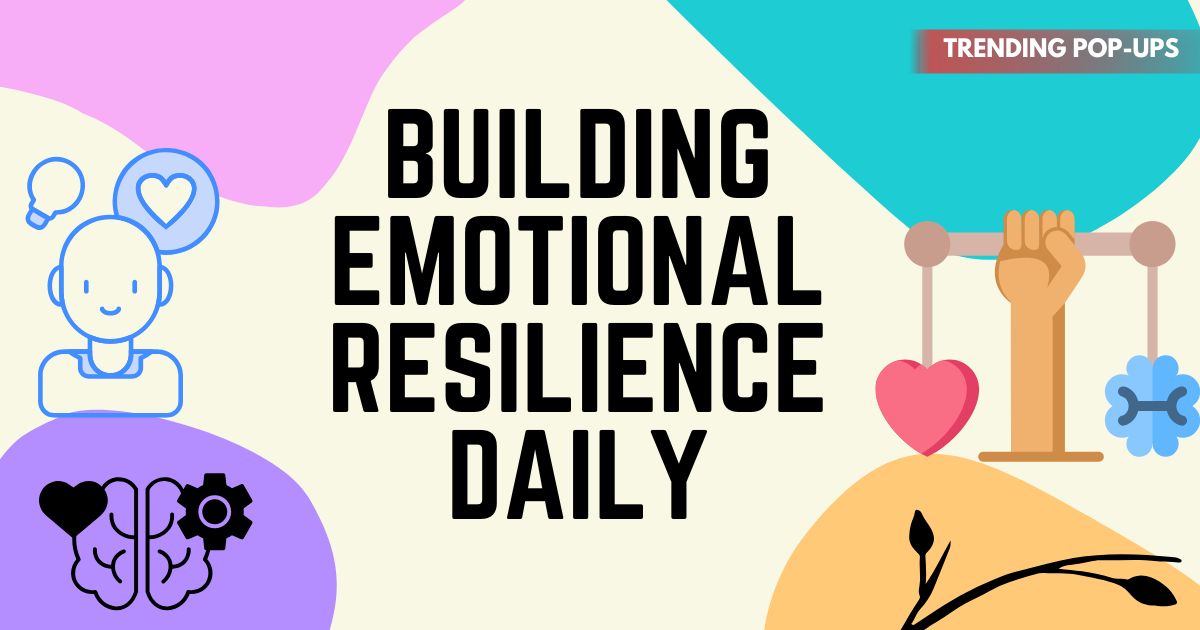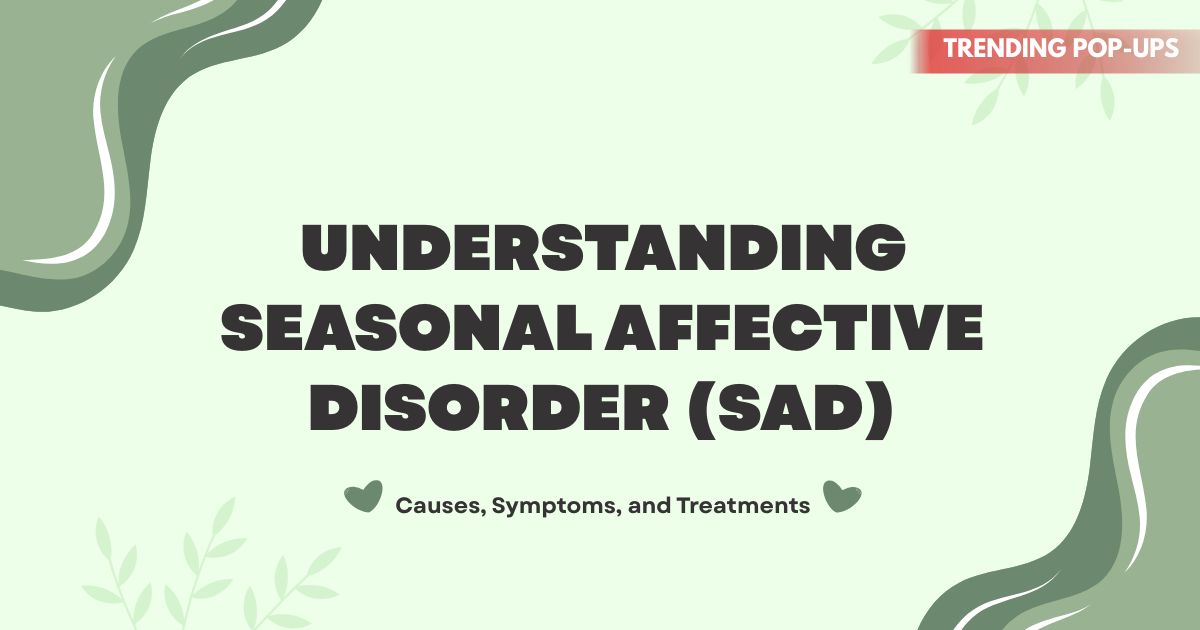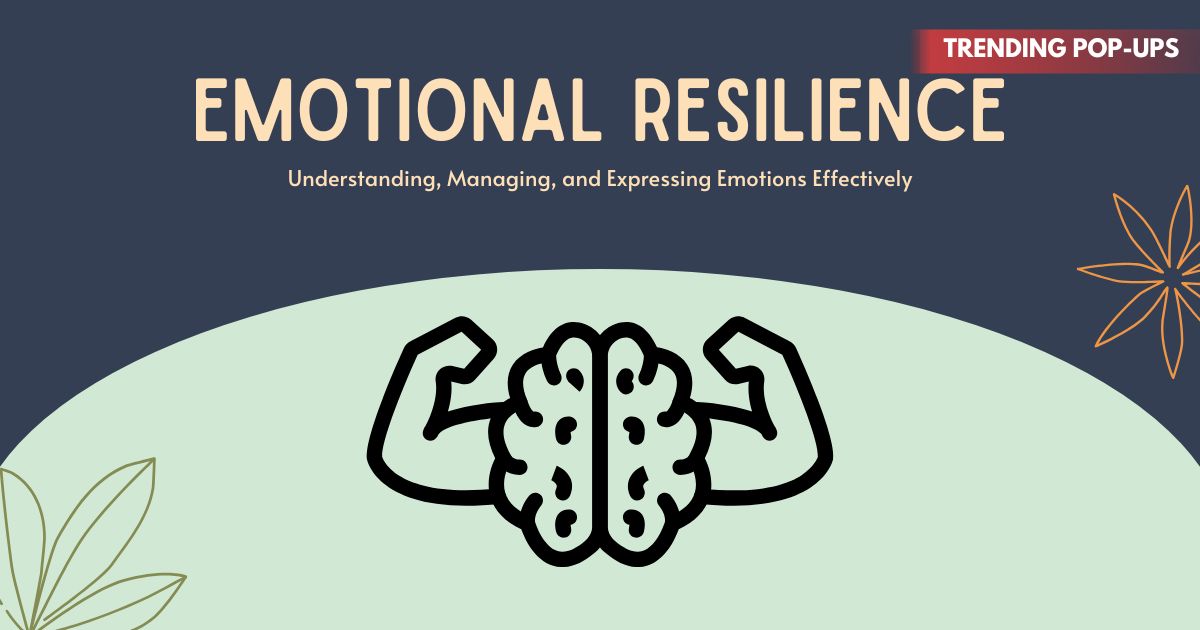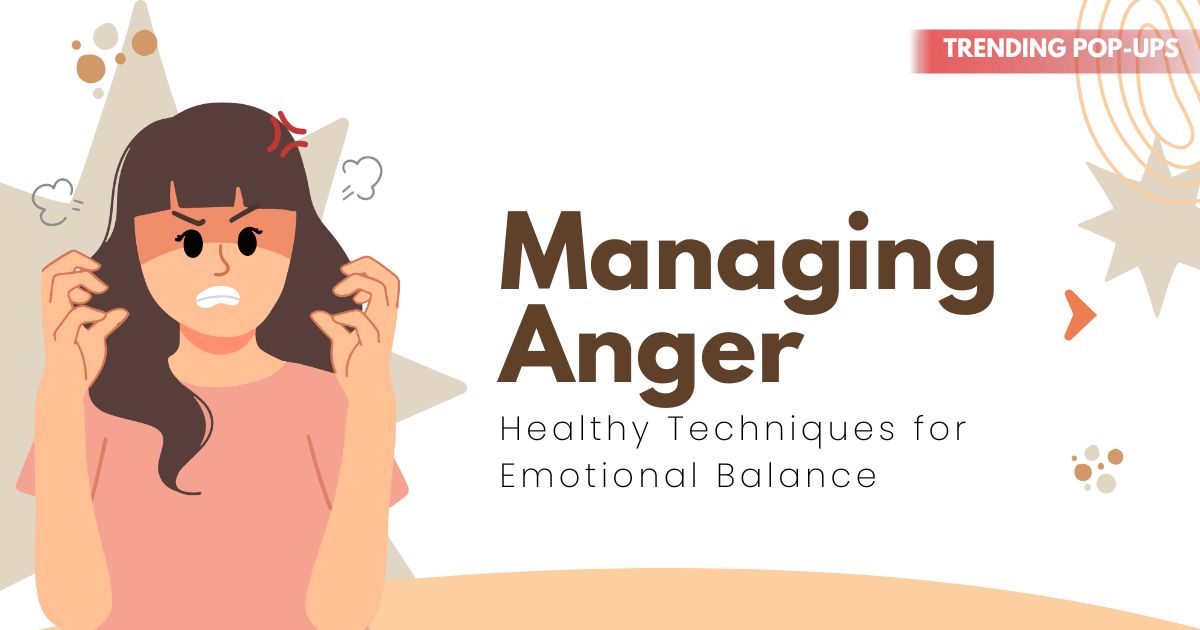Life often throws challenges our way, from work-related stress to personal setbacks. The ability to handle these obstacles without losing balance comes from emotional resilience. Building emotional resilience daily is not just about surviving tough times—it’s about thriving, adapting, and maintaining a healthy outlook on life. Developing resilience requires consistent habits, self-awareness, and strategies that strengthen the mind and body.
In this article, we will explore practical methods to build emotional resilience in everyday life, why it is important, and how you can implement small but powerful changes to foster long-term well-being.
What is Emotional Resilience?
Emotional resilience refers to the capacity to adapt positively when faced with stress, adversity, or unexpected changes. It’s not about avoiding difficulties but learning how to navigate them effectively without becoming overwhelmed. People with strong resilience tend to bounce back quickly, remain optimistic, and find solutions even in the most stressful circumstances.
Why Emotional Resilience Matters
Building emotional resilience daily benefits both mental and physical health. Here’s why it is essential:
-
Reduces Stress Levels – Helps manage everyday pressures without burnout.
-
Enhances Mental Health – Prevents anxiety and depression from overwhelming you.
-
Improves Decision-Making – Encourages clear thinking under stress.
-
Strengthens Relationships – Promotes patience, empathy, and better communication.
-
Boosts Performance – A resilient mind leads to greater productivity and focus.
Daily Habits to Build Emotional Resilience
1. Start with Mindful Mornings
Begin your day with mindfulness practices such as meditation, deep breathing, or journaling. A calm and centered start sets the tone for how you respond to challenges throughout the day.
2. Maintain a Positive Perspective
Focus on solutions rather than problems. Reframe challenges as opportunities for growth instead of obstacles. Positive self-talk helps in reducing negative thinking patterns.
3. Build Healthy Routines
Regular exercise, a balanced diet, and sufficient sleep are fundamental to emotional resilience. Physical health strongly influences mental well-being, making it easier to cope with stress.
4. Strengthen Emotional Awareness
Take time to acknowledge your feelings instead of suppressing them. By naming emotions—such as frustration, sadness, or excitement—you gain better control over them.
5. Foster Social Connections
Surround yourself with supportive relationships. Talking with trusted friends, family, or colleagues can ease emotional burdens and provide different perspectives.
6. Practice Gratitude
Daily gratitude journaling helps shift focus from what’s lacking to what’s abundant. Recognizing small blessings builds long-term resilience against negativity.
7. Learn Stress Management Techniques
Incorporate relaxation practices like yoga, progressive muscle relaxation, or listening to calming music. These techniques help reduce stress before it escalates.
8. Embrace Adaptability
Change is inevitable. Building flexibility in thought and behavior makes it easier to adjust to unexpected circumstances without losing emotional balance.
Long-Term Strategies for Emotional Resilience
Develop Problem-Solving Skills
Instead of dwelling on setbacks, focus on actionable solutions. Effective problem-solving reduces helplessness and increases confidence.
Strengthen Self-Compassion
Be kind to yourself during difficult times. Self-criticism weakens resilience, whereas self-compassion helps maintain motivation and hope.
Build a Growth Mindset
View failures as opportunities to learn rather than as final outcomes. A growth mindset encourages persistence, adaptability, and resilience.
Seek Professional Support When Needed
Counselors, therapists, or coaches can provide valuable strategies to strengthen emotional resilience and support long-term mental health.
Benefits of Building Emotional Resilience Daily
-
Reduced risk of burnout at work.
-
Improved focus and creativity.
-
Stronger immune system due to reduced stress.
-
Better personal and professional relationships.
-
Greater overall life satisfaction.
Common Mistakes That Hinder Resilience
-
Ignoring emotions instead of processing them.
-
Isolating yourself from social support.
-
Overworking without rest or relaxation.
-
Maintaining negative self-talk.
-
Resisting change instead of adapting.
Practical Example: Resilience in Everyday Life
Imagine facing a setback at work, such as missing an important deadline. A person without resilience may feel defeated, blame themselves harshly, and lose motivation. In contrast, a resilient person acknowledges the mistake, learns from it, seeks solutions, and moves forward with confidence.
This simple shift in response can change the outcome drastically—not just for one incident but for an entire career and personal life.
Also Read : How Music Improves Mood
FAQs
1. How long does it take to build emotional resilience?
Building emotional resilience is a gradual process. With consistent daily practices, noticeable improvements can be seen within weeks, but long-term resilience is developed over months and years.
2. Can emotional resilience be learned at any age?
Yes, emotional resilience is a skill that can be developed at any stage of life. Children, adults, and seniors can all strengthen resilience with appropriate practices.
3. Is emotional resilience the same as mental toughness?
Not exactly. While both involve handling stress, emotional resilience emphasizes flexibility and adaptability, while mental toughness often stresses endurance and strength.
4. How does physical health affect resilience?
Good physical health—achieved through exercise, sleep, and nutrition—provides the energy and mental clarity needed to manage emotional stress effectively.
5. Can meditation help in building resilience?
Absolutely. Meditation reduces stress, increases self-awareness, and improves emotional regulation, making it a powerful tool for resilience.



